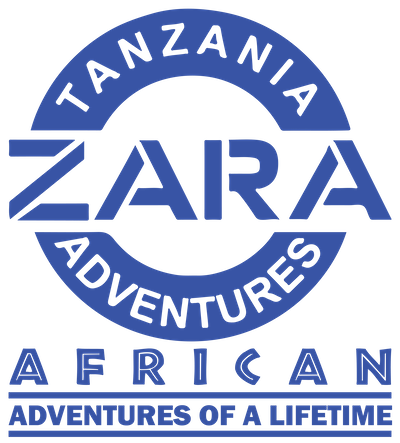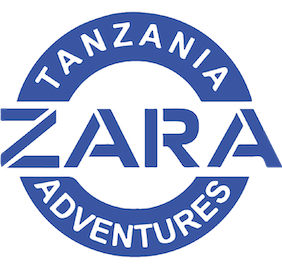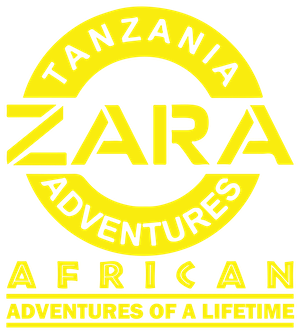Tips for Climbers
Equipment Rental
Prices are for the entire trek in U.S. dollars, payable in cash in Moshi. It is best to come well-outfitted.
| Rucksack/Daypack Balaclava Normal Sleeping Bag Mont Bell Sleeping Bag North Face Sleeping Bag Batteries Socks Duffel Bag Hiking Poles (2) Gaiters Torch/Flashlight Gloves Sweater Sunglasses Long Underwear Raincoat Rain Pants Hiking Boots Water Bottle Fleece Pants Warm Jacket Hat | $10 $5 $15 $30 $30 $2 $2 $5 $10 $7 $7 $5 $4 $7 $3 $5 $5 $8 $4 $5 $7 $3 |
- We provide tents and foam sleeping pads at no charge
- Sunglasses are available for purchase in the gift shop for $10
- Oxygen is available for $30/group
- Hyperbaric Pressure Bags are available for $100/group




















